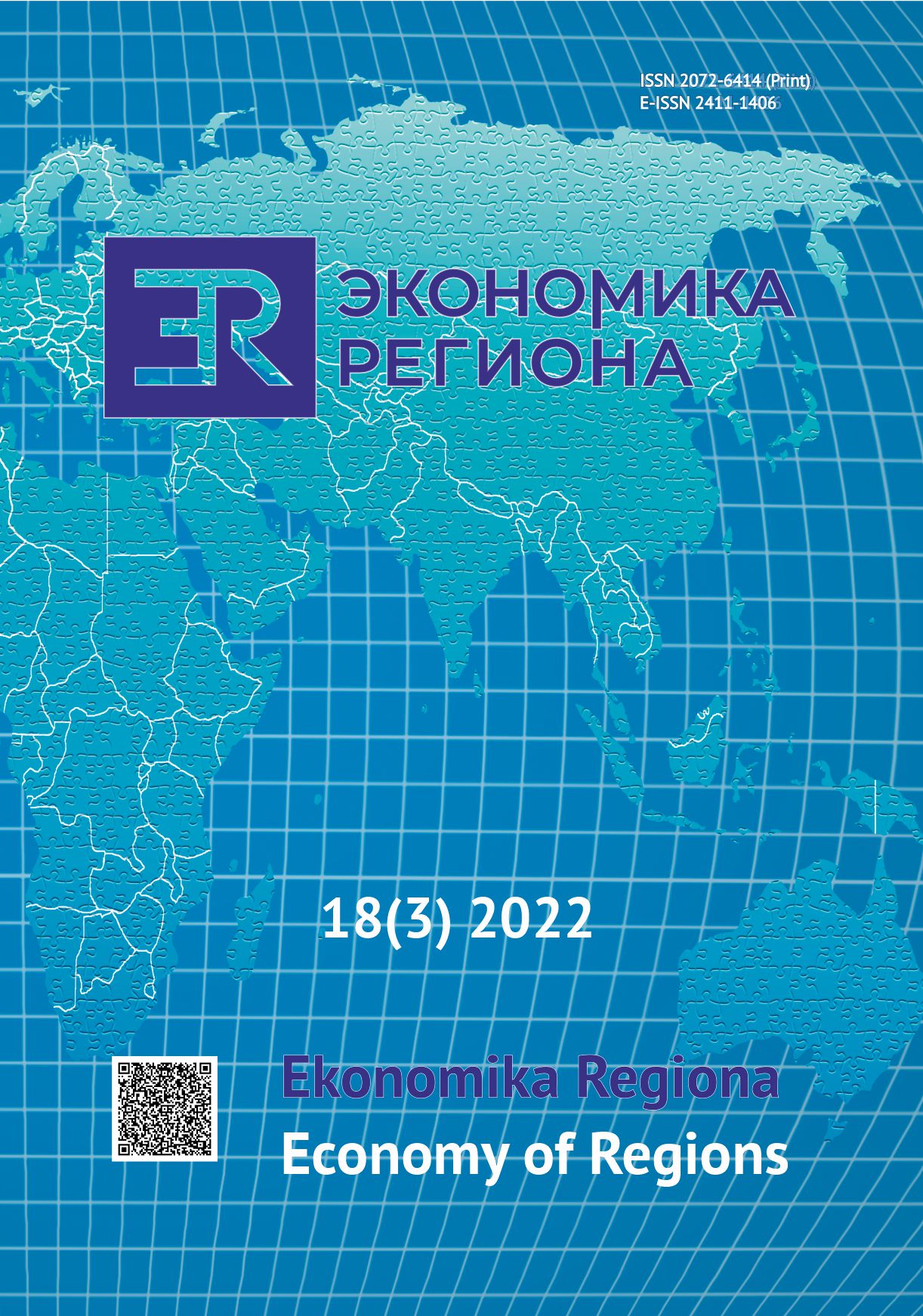Переход к новому технологическому укладу — детерминанта роста благосостояния населения регионов России
Transition to a New Technological Paradigm as a Determinant of the Population Welfare Growth in Russian Regions
Author(s): Tamara K. Rostovskaya, Olga Anatolyevna ZolotarevaSubject(s): Supranational / Global Economy, Social development, Economic development, Socio-Economic Research
Published by: Институт экономики Уральского отделения Российской академии наук
Keywords: regional development; interregional differentiation; population welfare; average per capita income; poverty level; technological development; Kondratieff long waves; new technological paradigm;
Summary/Abstract: Nowadays, intensive technological development and transition to a new (VI) technological paradigm are seen as determinants of the quality of economic and welfare growth. Thus, analysis of interregional differentiation of Russian constituent entities and assessment of the relationship between their socio-economic indicators and technological development became relevant. However, insufficient attention is paid to the influence of the regional technological development on the welfare of residents. In this regard, the present study aims to assess this influence in Russia, as well as to link the population welfare growth with the phases of Kondratieff waves and the stages of the technological paradigm. The research methodology includes: cluster analysis used to group regions according to a set of parameters characterising the welfare of their inhabitants; calculation of composite indicators that were applied to create a ranking of regions; estimation of correlation coefficients. An approach was developed to analyse the regional technological development based on a composite indicator that includes three indices: internal costs for research and development; the share of enterprises implementing technological innovations in the total number of surveyed organisations; the share of innovative goods, works, services in the total volume of shipped goods, works, services. The constituent entities of Russia were ranked according to the obtained composite indicator of technological development. Then, 20 leading and 20 lagging regions were identified, for which the correlation coefficients were calculated. The study concluded that an increase in the welfare is achieved at the growth stage of a new technological paradigm, while an increase in poverty and a decrease in incomes of the population can be observed at the maturity stage of the previous technological paradigms.
Journal: Экономика региона
- Issue Year: 18/2022
- Issue No: 3
- Page Range: 623-637
- Page Count: 15
- Language: Russian

